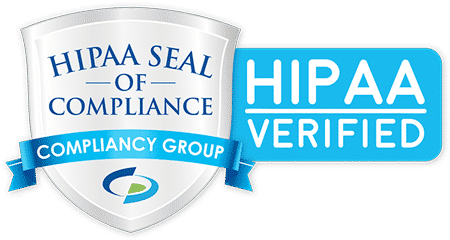A Quick Guide to Determining if D&O is Right for You
Too many companies operate under the false belief that their organization is not a good candidate for Directors and Officers Insurance without proper knowledge of the full breadth of its coverages and protection. This can be a very dangerous supposition on the part of a company that could see its directors and/or officers held personally liable—thus risking their personal assets including family assets and estates. The statistics are alarming enough to make one consider the various reasons a claim might be brought against a company, or even an individual personally.
According to a Chubb 2004 Private Company Risk Survey, nearly 40% of privately held companies stated that is was likely their Directors and/or Officers would be sued, and 18% of those surveyed were sued during the past few years.
Beyond that, almost a third of surveyed companies reported a direct or indirect effect from the Sarbanes-Oxley (SOX) Act of 2002.
Even if a lawsuit is baseless or fraudulent, companies still have to pay to defend them. The Tillinghast Towers Perrin D&O survey of 2004 stated the average defense cost for all reported D&O suits was $370,002 with an average indemnity of $2,160,909.
After looking into it, many companies decide that, as it turns out, D&O coverage is a necessary company safeguard after all, as many of the things they thought were covered by their general liability policies, are in fact not. When that happens, it is important to note that unlike most general liability policies, which are somewhat standard, D&O policies can differ greatly. If one is shopping for a policy one must give credence to the need for understanding both the definitions of the terms below and how they factor into the policies they are considering:
- Claims-Made Coverage vs. an Occurrence Policy
- Extended Reporting Period/Tail Issues
- Policy Limits
- Defense Inside the Limit
- Failure to Provide Insurance Exclusion
- Retroactive Date/Prior and Pending Litigation Date
- Employment-Related Practices Issue
With the tremendously high propensity for employers to face lawsuits, and so many aspects of coverage left out by other policies, finding out whether or not your organization needs a D&O policy may be the difference between an executive team member exhaling a sigh of relief at a policy stepping in to do its job, and seeing his car towed away after being sued for his own personal assets.


